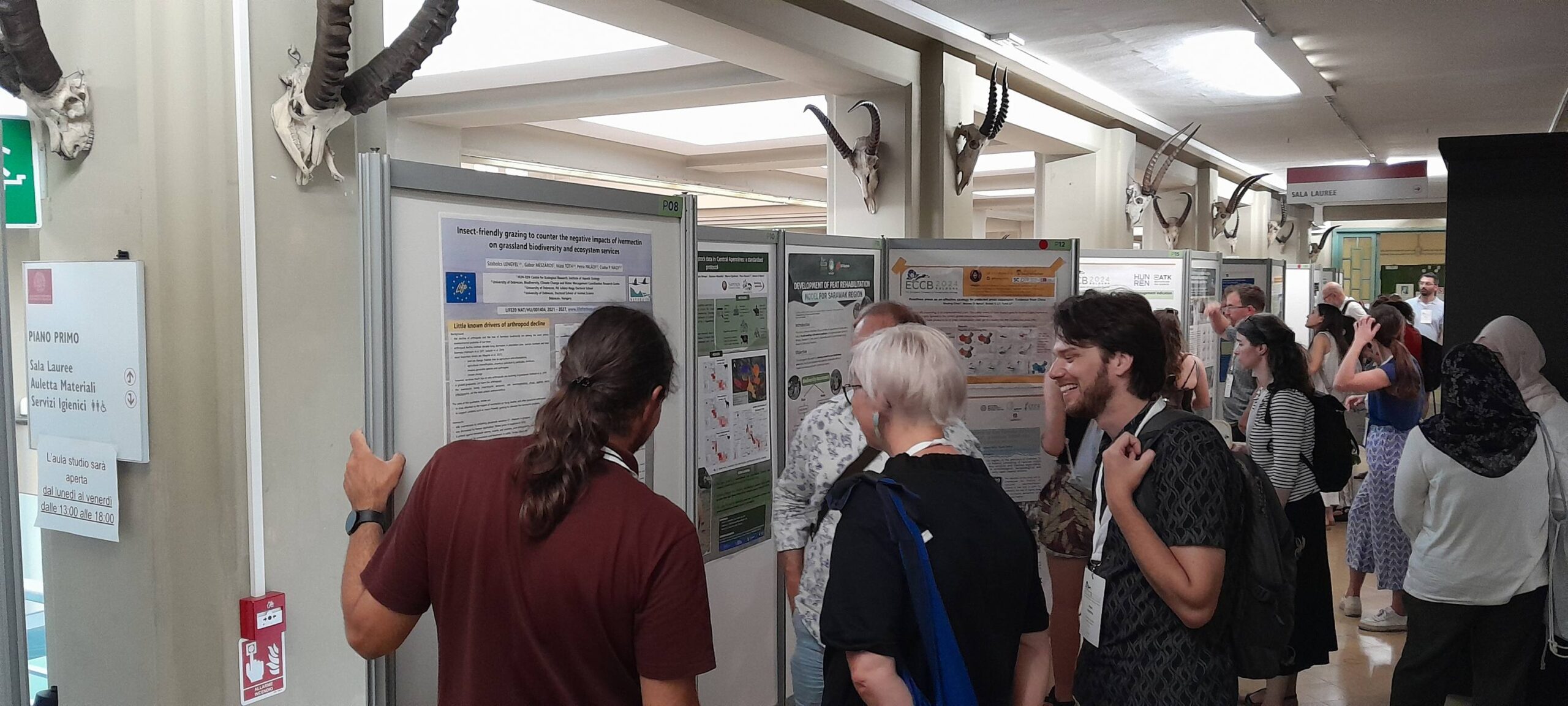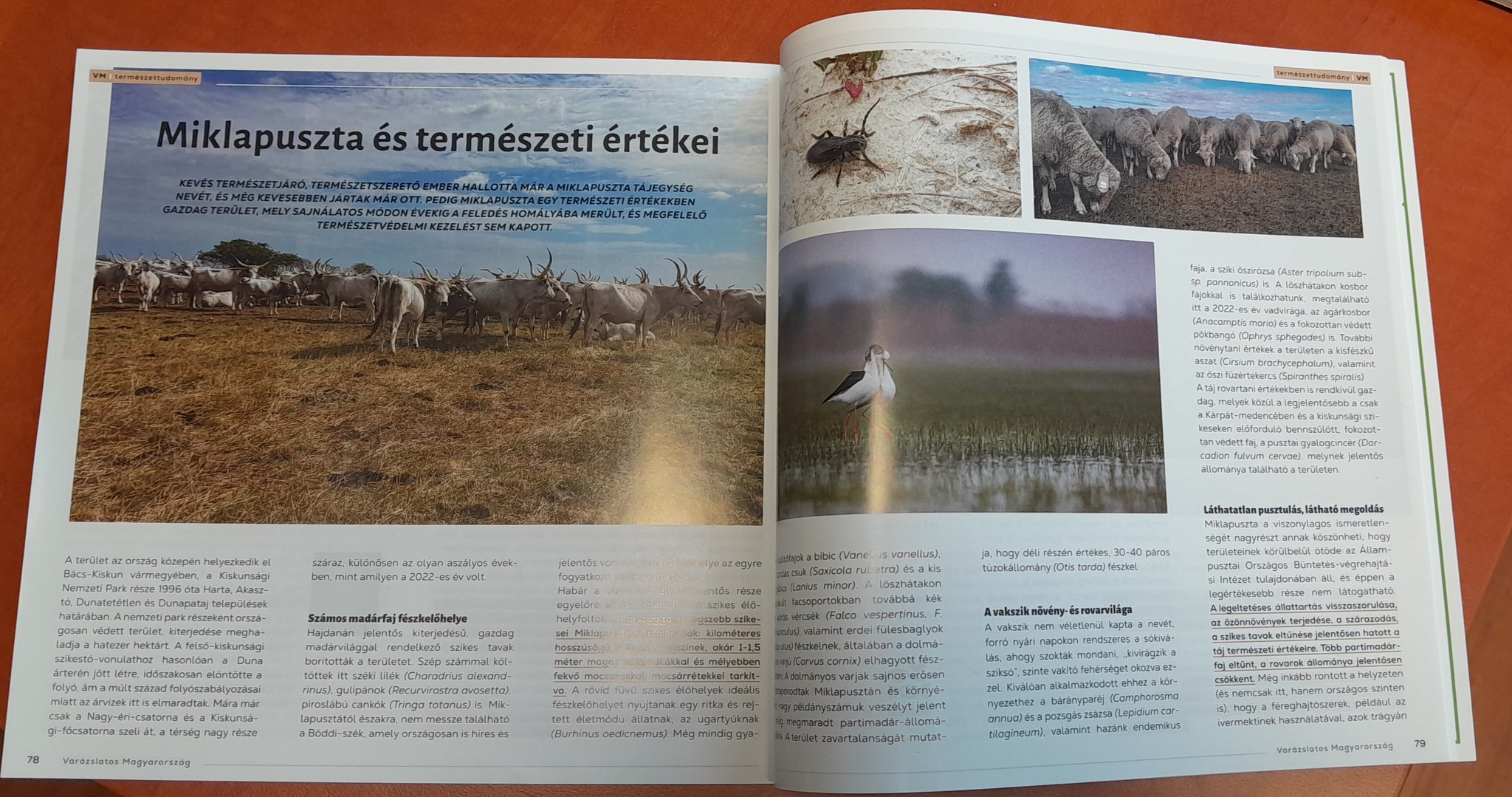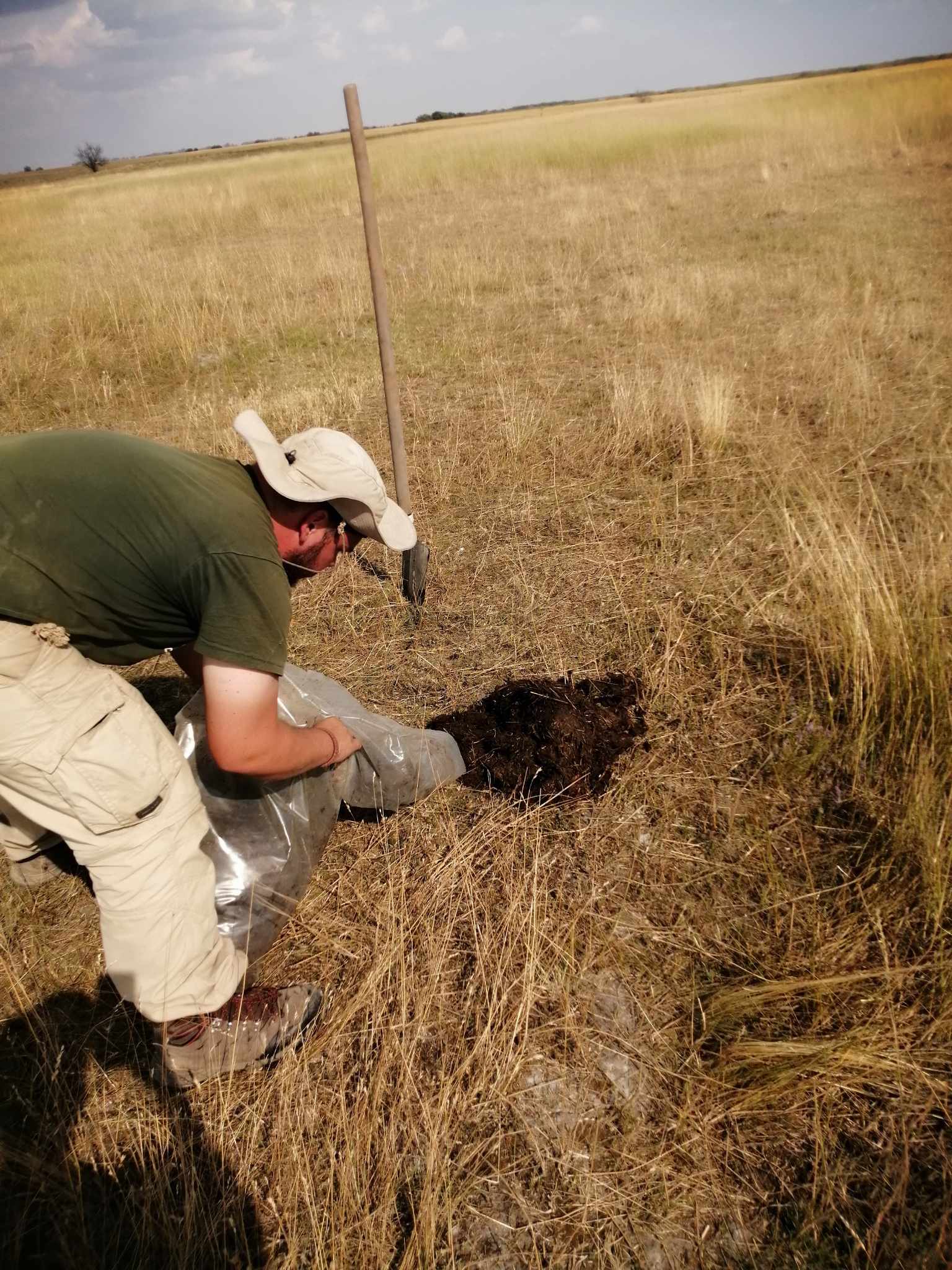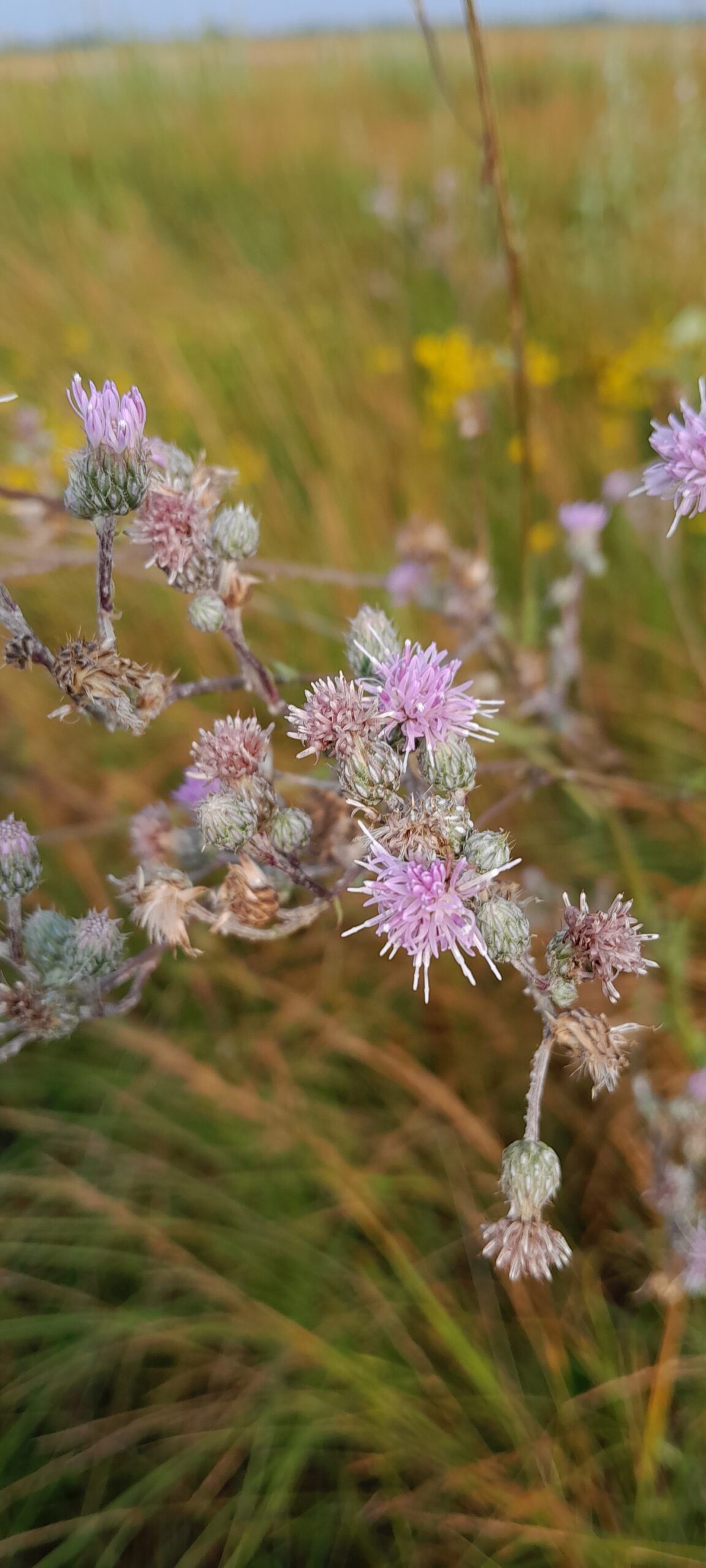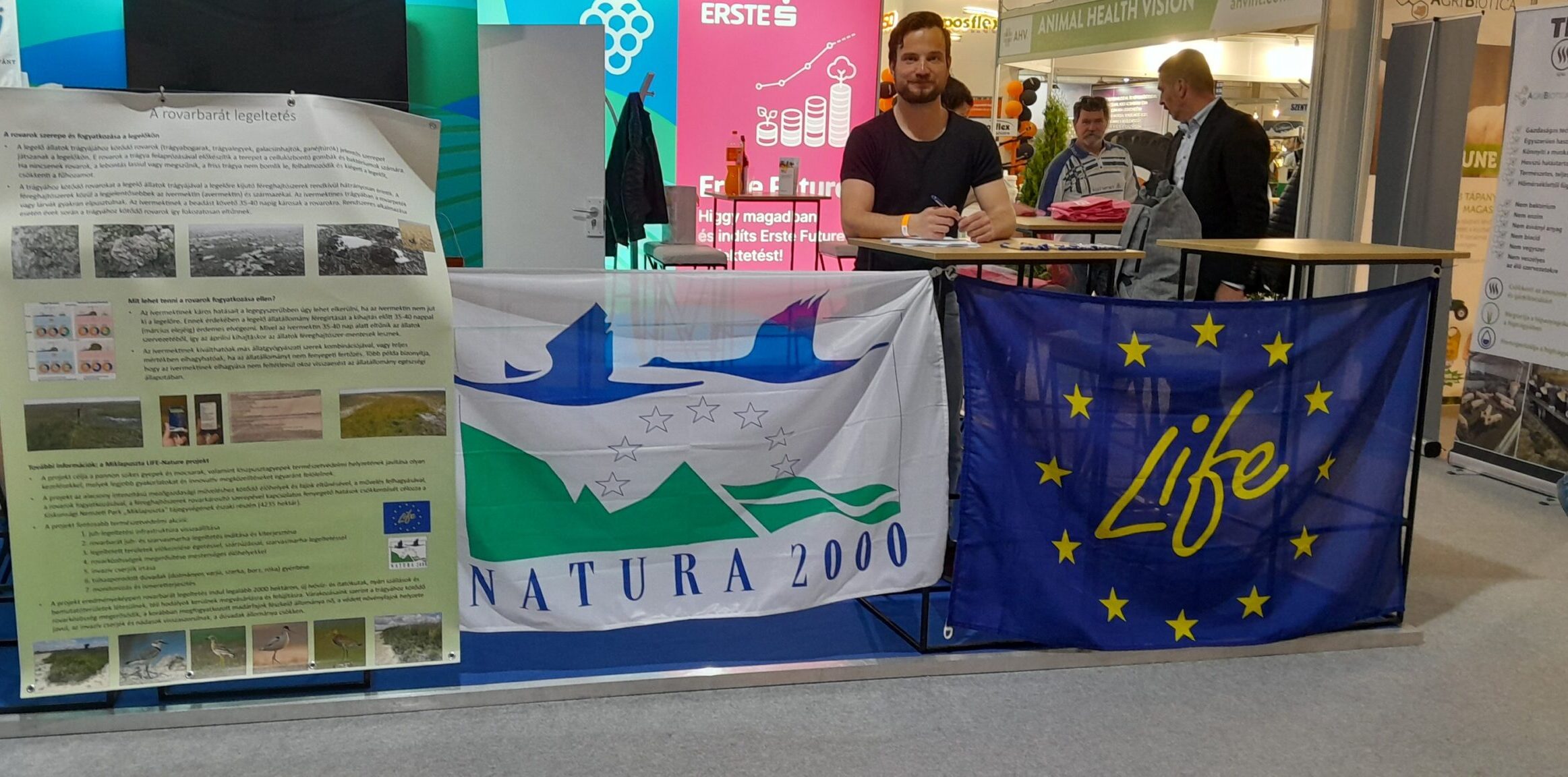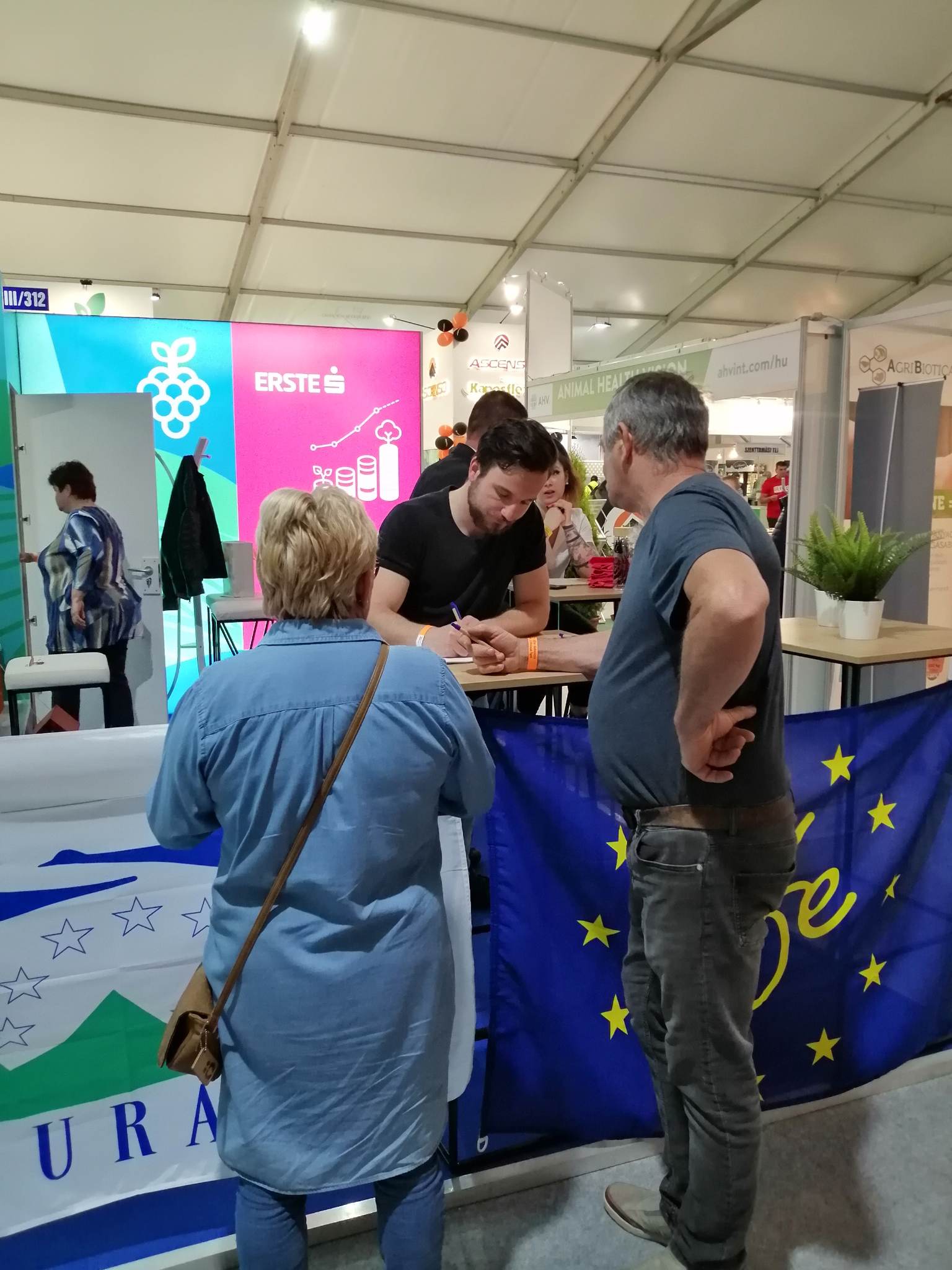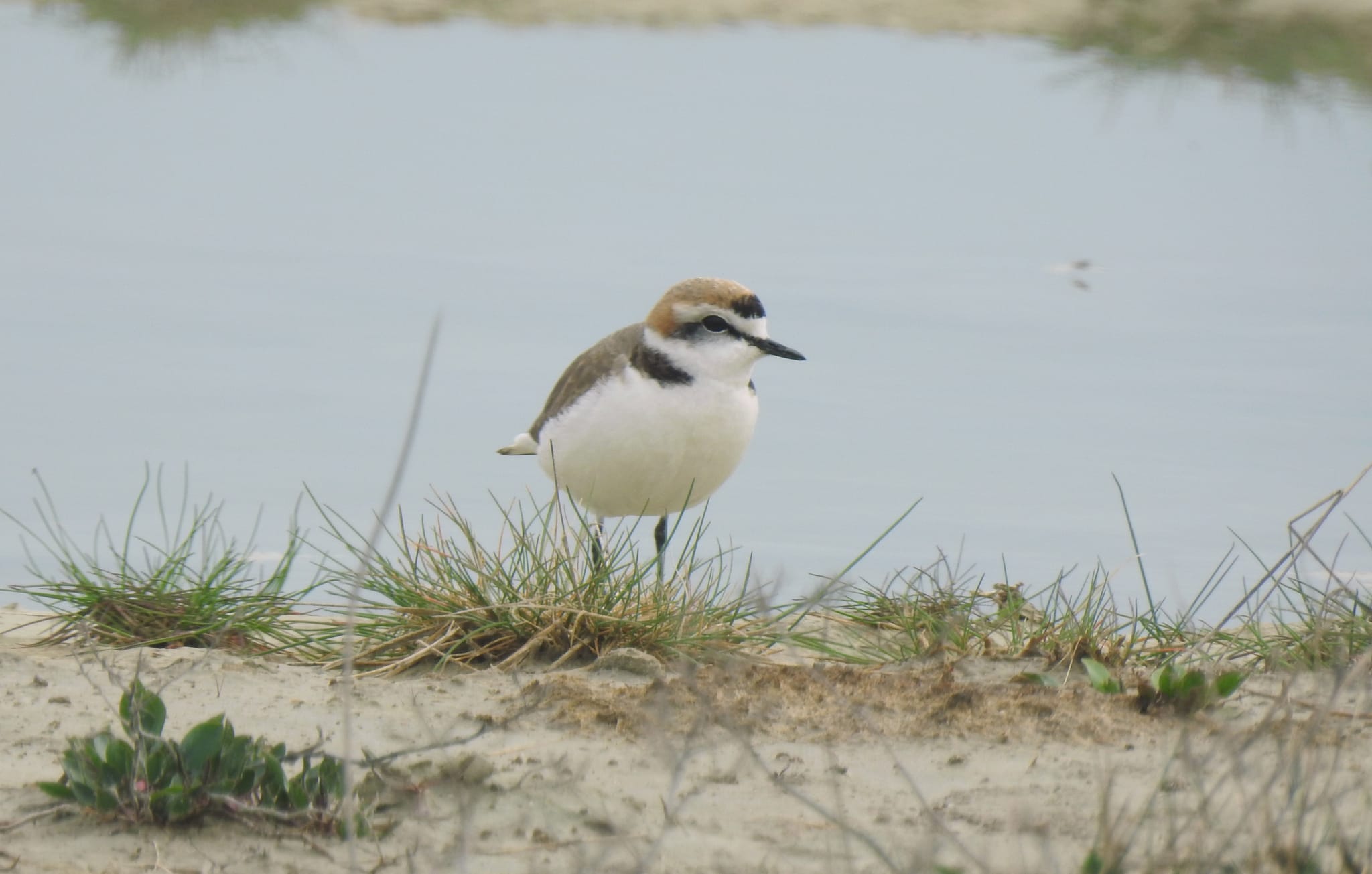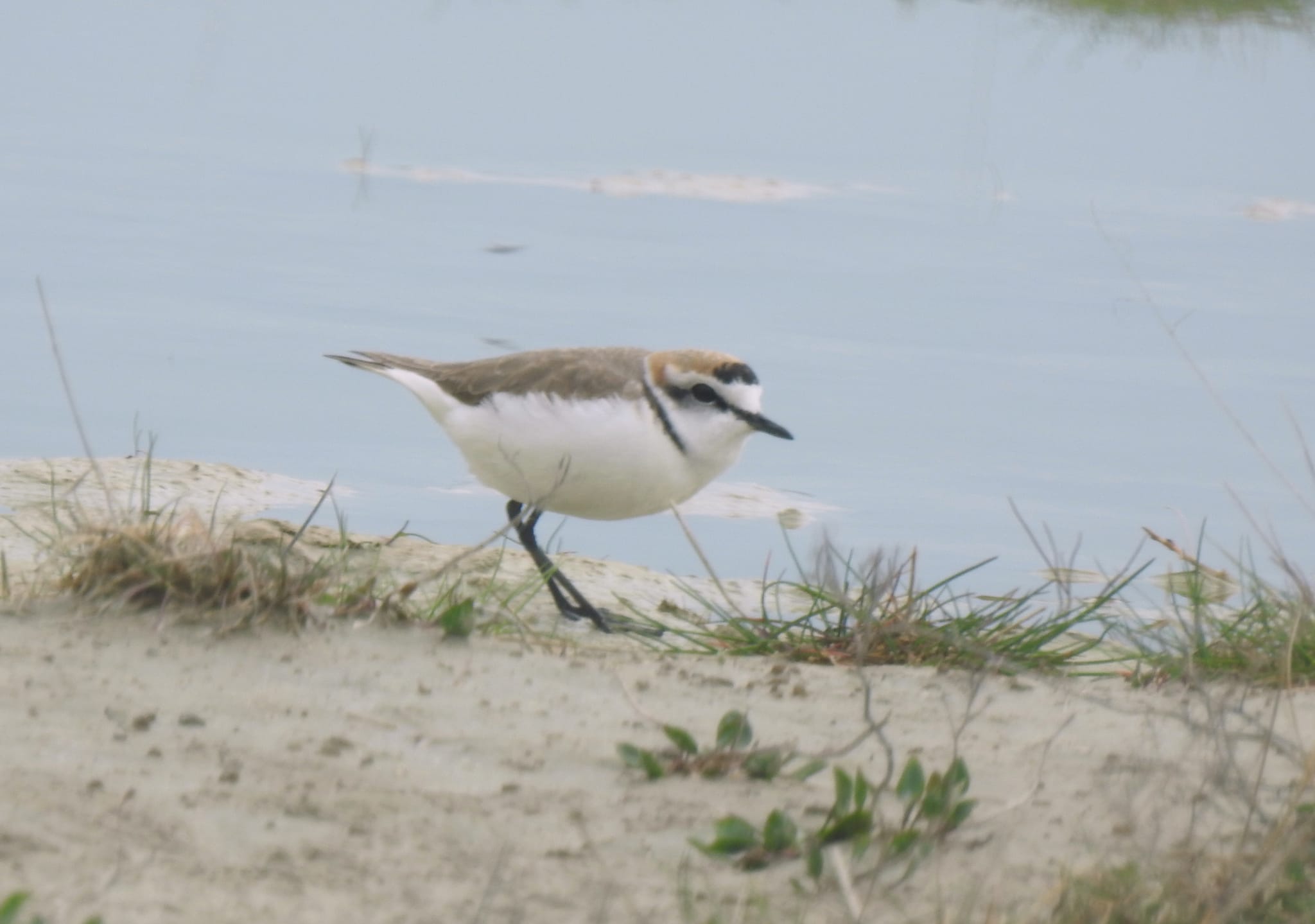Last year we continued the installation of artificial habitats for arthropods. We have installed newly designed, innovative insect hotels at 21 sites across the project area. Due to their design, the insect hotels primarily provide habitat for feeding, hiding, breeding and overwintering for arthropods living on or near the ground surface.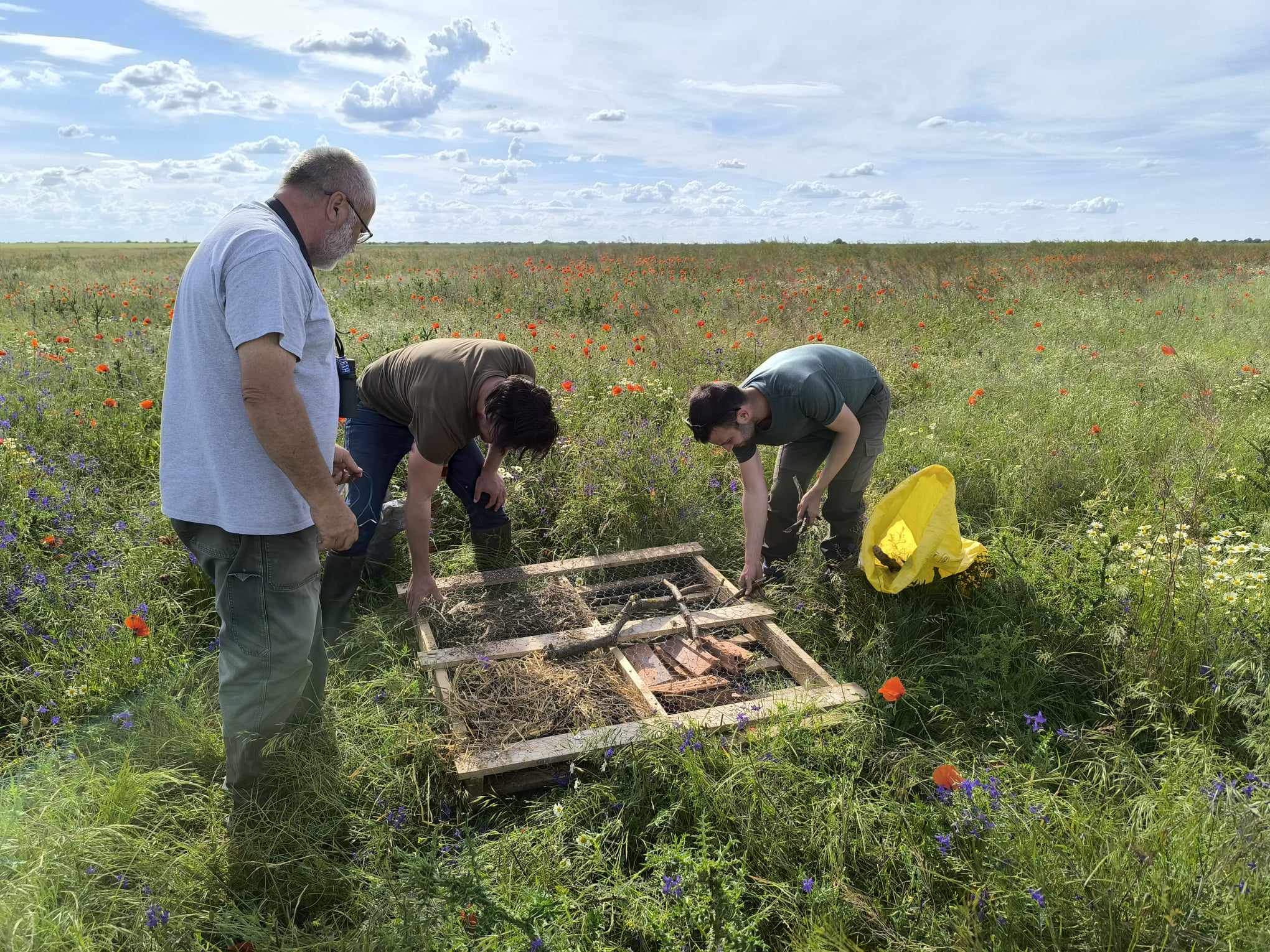
Recent Posts
- November, 2025
We didn’t idle during the fall semester either!
- October, 2025
Our project’s Fourth Annual Meeting was successfully completed!
- September, 2025
The Eurasian Stone-curlew in the grassland
- August, 2025
Hungarian Sea Lavender blooms in Mikla-puszta
- April, 2025
The II. Biodiversity Conference was held in Hortobágy
Categories
- News
- Uncategorized
